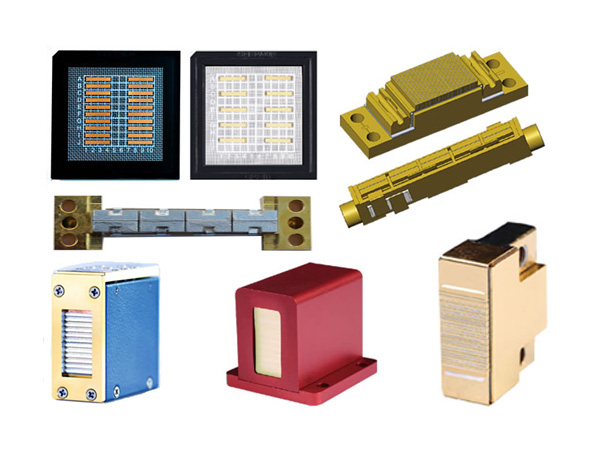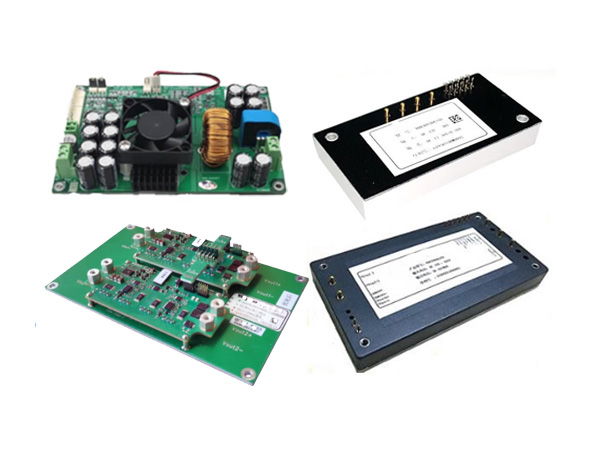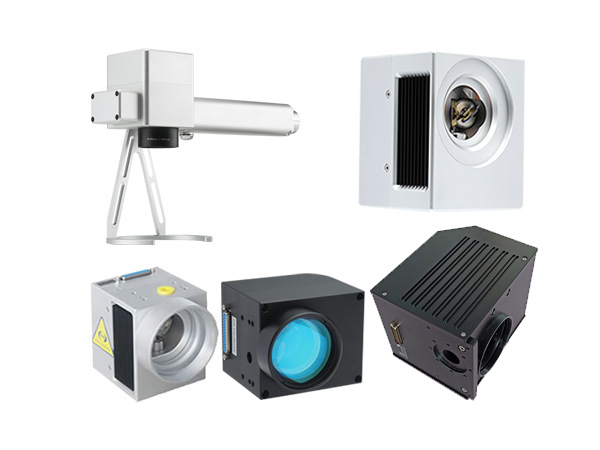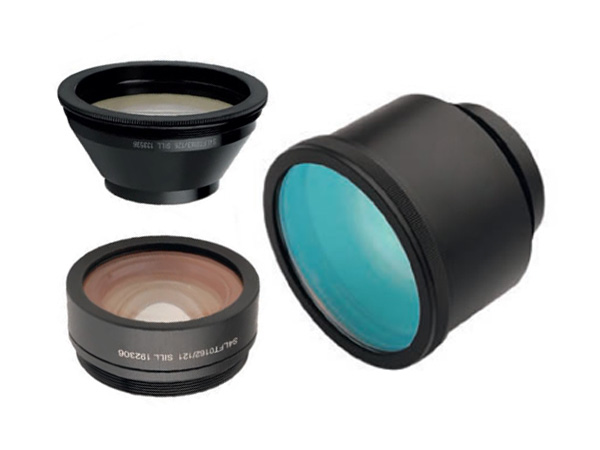The Application of Femtosecond Laser Drives Industrial Upgrading and Development
Material processing
In the field of material processing, picosecond pulse lasers are considered a new tool superior to nanosecond lasers. The use of picosecond pulses reduces material thermal damage, allowing lasers to penetrate more widely into the manufacturing industry, such as for marking, drilling, and cutting.
Despite this, due to the characteristics of femtosecond laser technology and its significant improvements in material processing, femtosecond lasers have become a necessary tool in many applications. Generally speaking, the level of reduction in heat affected zone by femtosecond pulse lasers is unmatched by other lasers.
The application of femtosecond lasers in cutting silicon wafers has always been of great interest, as the peak power of femtosecond laser pulses can be used to melt silicon wafers and other materials deposited on the surface of silicon wafers, with minimal impact or thermal damage to adjacent components. Usually, these silicon wafers are pre-configured with cutting channels. These channels are also used for detection and testing before chip segmentation. Therefore, the cutting channel is filled with sensors and detection points. In this case, femtosecond beams are used to remove those surface layers while supporting invisible cutting of silicon wafers. Due to the unique strong nonlinear absorption of femtosecond laser pulses in hard and transparent sapphire substrates, femtosecond lasers are also an ideal choice for separating highly bright LED chips from sapphire wafers.
Glass processing
The main method of cutting and processing glass in the consumer electronics industry has always been mechanical methods. However, the application of using femtosecond pulse laser to process glass is on the rise. Through hole drilling is an example of using a femtosecond beam of light to irradiate glass, causing a change in refractive index. Then the glass is etched in an acid bath to remove the irradiated area. These components are used on multi-chip platforms to generate high-density and fast chip connection structures, making vertical integration of ICs possible.
Another application is to engrave patterns and remove thin films on glass, similar to the treatment of conductive indium tin oxide (ITO) films, electrochromic films, and other films.
Glass welding is also an interesting topic because it does not use adhesives or fillers. This is very important for the microelectronic packaging industry as it eliminates internal pollution and degassing issues, and eliminates the use of adsorbents (specifically added substances are used to absorb these unwanted substances). During this process, two glass parts come into optical contact and are exposed to a femtosecond laser beam: the peak power of the femtosecond pulse causes multiphoton absorption in the glass, locally melting the glass, thereby welding the two parts together and producing a long-lasting gas seal.
Automotive industry
The application of femtosecond pulse lasers in the manufacturing industry will continue to develop and expand. Due to the high stability, reliability, and innovation required by the automotive industry, femtosecond pulse lasers have attracted much attention from the automotive industry. For example, currently femtosecond lasers have been used for large-scale processing of engine parts (including pistons).
Efforts to improve car fuel economy are driving efforts to reduce vehicle weight and improve operational efficiency. The engine is made of lighter aluminum alloy, and surface texture and wiring are applied to moving parts to reduce friction and improve durability. The use of these alloys urgently requires engineering solutions to reduce wear and prolong service life. Compared with other technologies, such as mechanical surface engraving, long pulse laser marking and surface shot blasting, femtosecond laser cross wiring can effectively diffuse relevant oil films and significantly improve oil retention.
The texture is usually applied to the skirt area of the piston. Results show that friction can be reduced by up to 25% at a speed of 2000 rpm. The use of femtosecond lasers also avoids the formation of burrs in the marking area, thereby eliminating the need for deburring processes and further improving manufacturing efficiency.
 English
English Français
Français Deutsch
Deutsch euskara
euskara Русский язык
Русский язык Italiano
Italiano Português
Português Nederlands
Nederlands Polski
Polski Greek
Greek Lietuva
Lietuva Türkçe
Türkçe 日本語
日本語 한어
한어 中文
中文 தாமில்
தாமில் فارسی
فارسی हिंदी
हिंदी Tiếng Việt
Tiếng Việt ภาษาไทย
ภาษาไทย Pilipino
Pilipino Indonesia
Indonesia தாமில்
தாமில்





